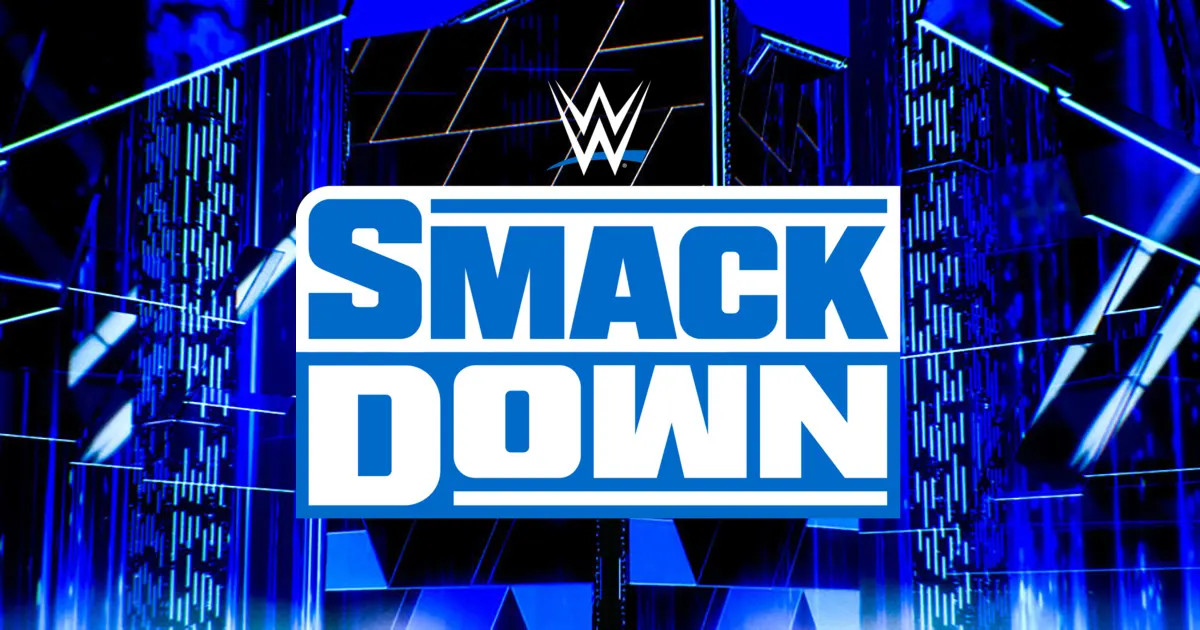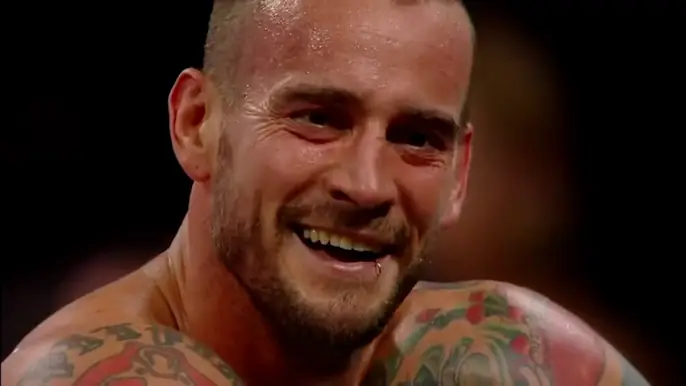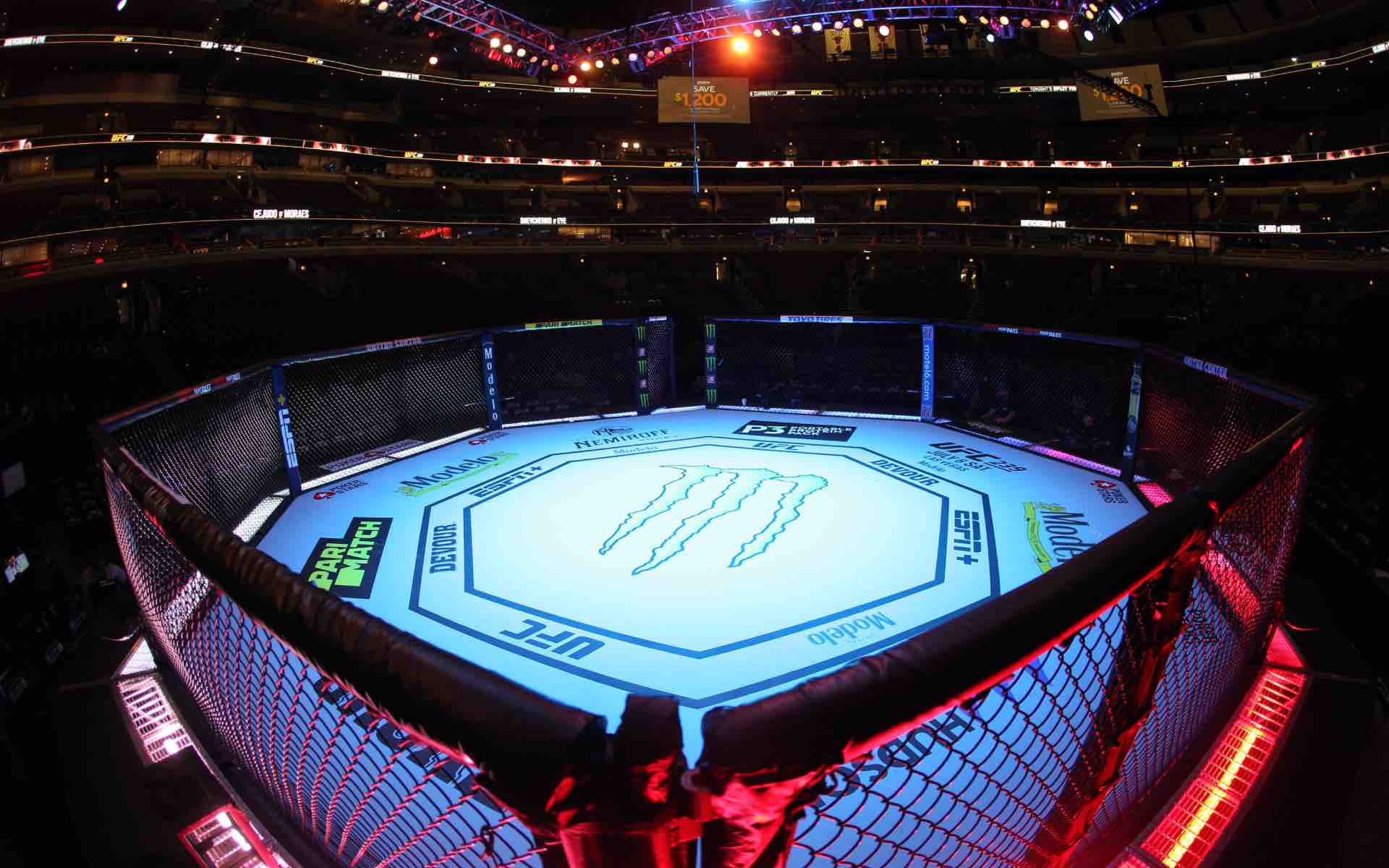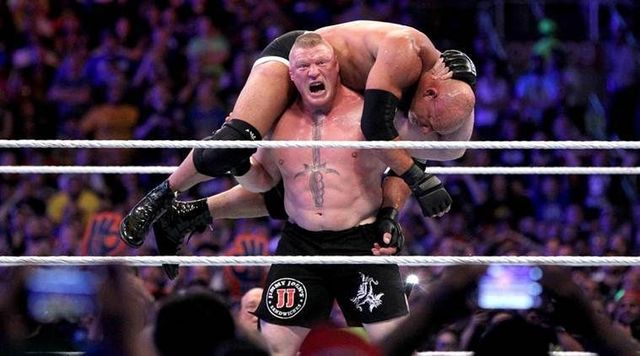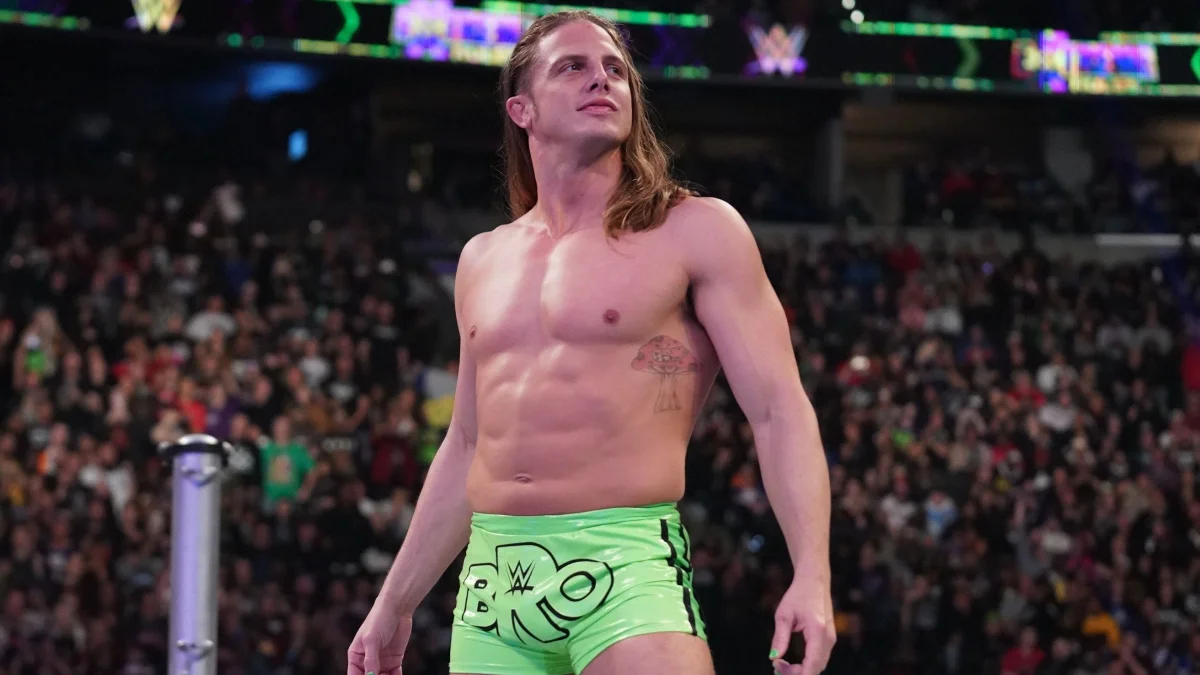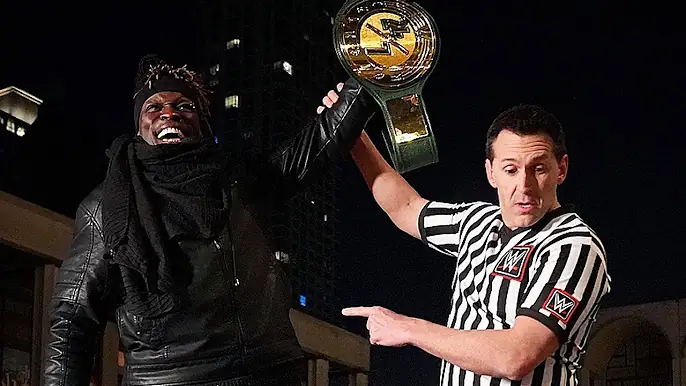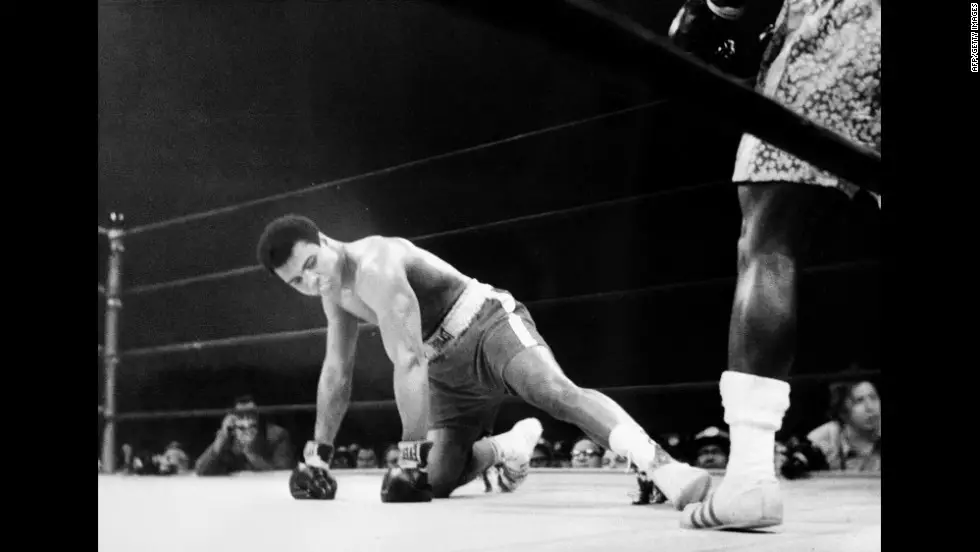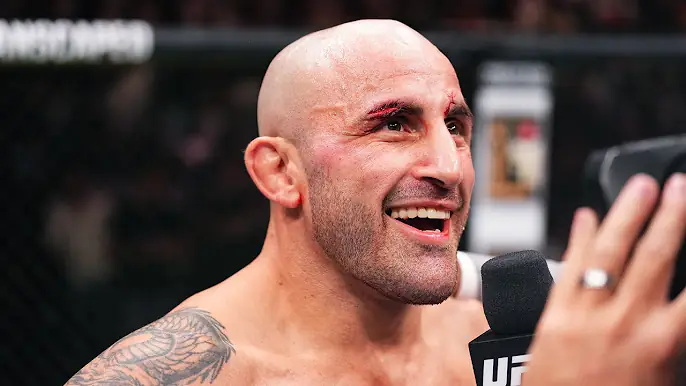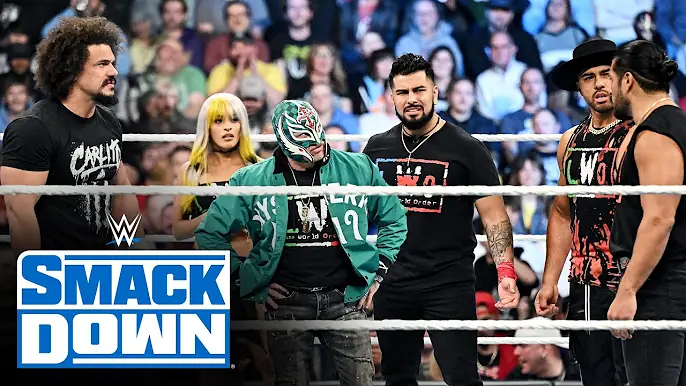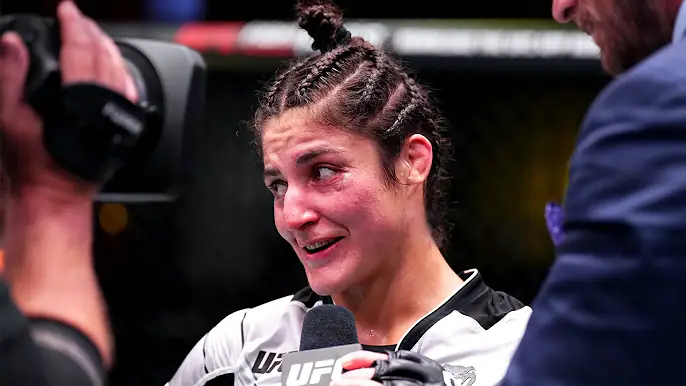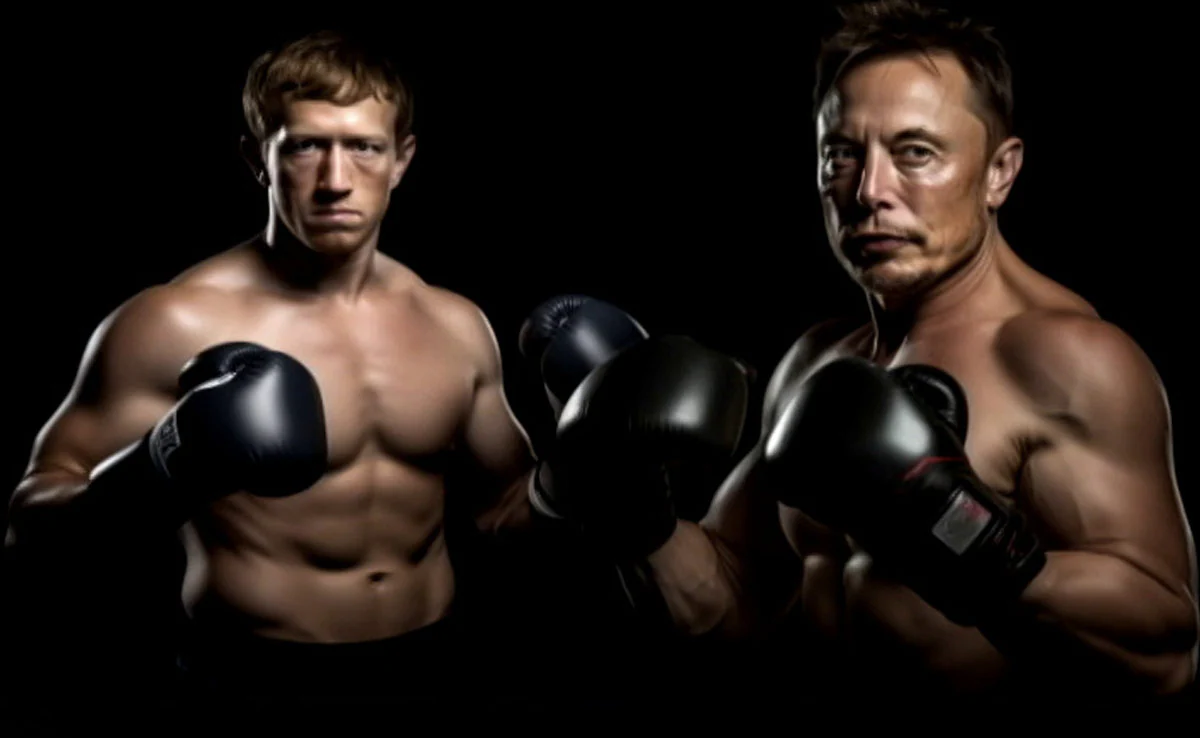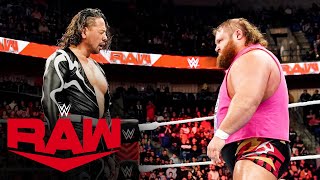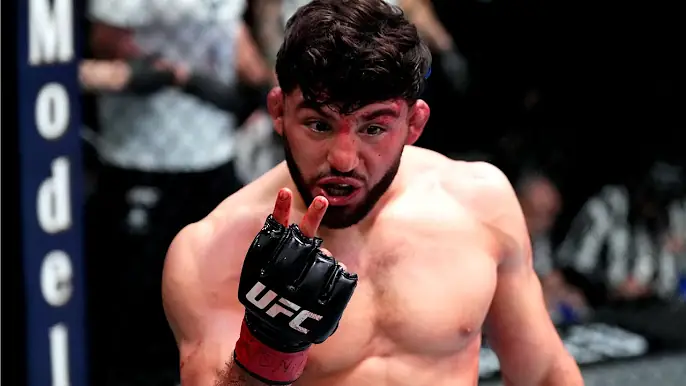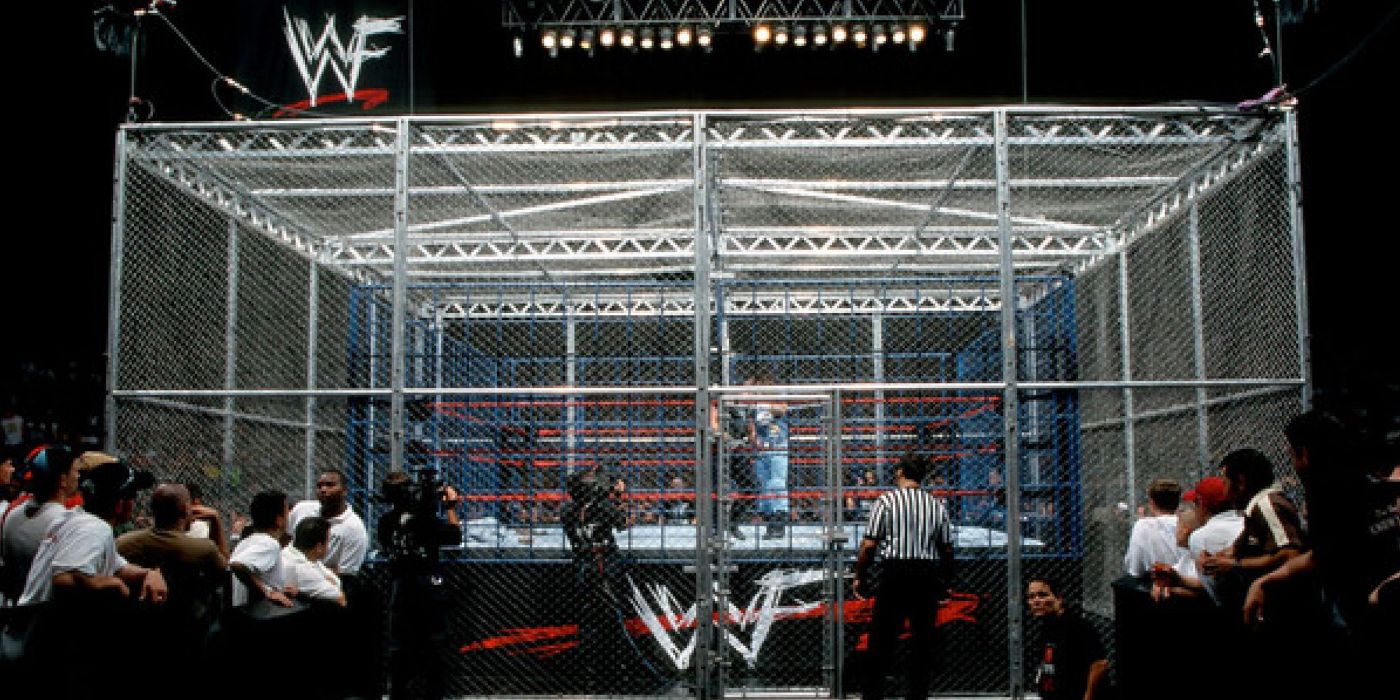How UFC Scouting Works: Discovering the Next Big Talent
MMA’s peak body is the Ultimate Fighting Championship (UFC), where the top fighters in the world compete. This is where the quest for talent becomes a complex system of selection, cultivation, and the proper matching of the client with the right candidate. This is the way UFC scouting works and provides an understanding of how the company stays ahead and keeps producing new stars for the sport. This article goes into the detailed footage of the various UFC scouting processes to understand the different techniques and systems used to find the next star.
Scouting in the Ultimate Fighting Championship (UFC) and its relevance to the organization.
Scouting is critical for the UFC for several reasons:
Sustaining Competitiveness: This way there is fresh blood in the team, and it is good for fans and for the development of the sport in general.
Event Promotion: New and exciting fighters help in the marketing and promotion of the events that they are participating in since the fans are interested in the outcomes of those fights.
Global Expansion: Scouting is beneficial to the UFC since it enables it to hunt for talent from markets that are not fully explored yet, which is a crucial element when it comes to the expansion of the organization internationally.
It will be significant to identify the main components of the UFC scouting system in order to be able to evaluate the effectiveness of its work.
- Talent Identification
The initial stage of talent scouting is the recognition or identification of talent. It comprises the identification of talent who possesses the physical ability, rugged physical fitness, and commercial viability that are relevant in the UFC. This phase includes:
Amateur Circuits: Some go to the amateur MMA shows to scout for talent before the fighters go pro.
Regional Promotions: These fights usually act as a feeder to the bigger organization, which is the UFC. Promotions like Cage Warriors, LFA, and Invicta FC are watched for those fighters that stand out.
International Leagues: The UFC recruits fighters from other promotions because MMA is not a localized sport anymore. Such markets as Asia, Europe, and South America are perfect for searching for new talent in promotions.
- The role of Dana White’s contender series
DWCS, or Dana White’s Contender Series, is one of the most important tools for finding new fighters. The show uses young talent in MMA and aims at giving them an opportunity to fight in the UFC after winning the contract. DWCS offers several advantages:
Performance Showcase: The fighters can interact with UFC President Dana White and other executives on the spot, and in most cases, this leads to an immediate offer to sign with the UFC.
Exposure: airs on ESPN+, which can help fighters build a following.
Talent Evaluation: The competitive format would give scouts and executives a chance to evaluate how fighters perform under stress, much more effectively mimicking the high adrenal pressure cooker of actual UFC competition.
- The Ultimate Fighter (TUF)
The Ultimate Fighter reality series has helped uncover and mold new talent for a while now. Winners of the tournament advance and are awarded UFC contracts, like a traditional fighter competition show. The show has been a strong launchpad for UFC champions and stars, with the likes of Forrest Griffin, Rashad Evans, and Michael Bisping all being TUF alumni.
Below, you will be presented with key components of how TUF serves in the scouting process:
Training: You get trained by UFC veterans, which helps you learn new skills to be ready for the competition.
Stay Tune Personality & Markability: Reality shows have one huge pro that provides fans with the chance to see fighters in action and make them more remarkable for their distribution.
A Winner Must Be Discovered: The elimination round and tournament organization functions to highlight the abilities in terms of skill, stamina (both with endurance on a fight-by-fight basis but also through how many times each individual competitor needs to compete), and level-headedness one must have.
- Global Expansion and Talent Programs
With the UFC expanding its reach globally, they have created region-specific programs to identify and groom talent. These initiatives include:
UFC Academy Programs: The UFC also has academies in places like China and the Middle East designed to help train local talent with hopes of growing MMA internationally.
Events such as International Fight Week and Scouting Tours: This is when the UFC goes to other countries, identifies talent on the regional scene, and tries to get them signed.
Develop Game Regionally: Part of the reason why other promotions become strong is due to collaborations with regional up-and-comers in your same field.
How the Scouting Process Works, From Uncovering Prospects to Reeling Them In
- Scouting and Evaluation The Beginning
Scouts are in attendance at events, comb through fight footage, and hear word of mouth from coaches as well as managers on which fighters they believe have the qualities needed to be successful. Major assessment features are:
Technical Skills: Striking, grappling, and MMA overall.
Athletic ability: strength, speed/quickness, agility/flexibility.
Fight IQ: Strategic comprehension, versatility, and in-octagon choice-making
Record and Performance: win-loss record, quality of opponents, consistency
Marketability: charisma, personality, and ability to speak with fans on media
- Background Checks and Constitution Assessment
The UFC also judges based on a fighter’s past and character, not just fighting skills. This includes:
Fighter Conduct: ensuring the fighter is without violations against them in criminal court and that they act as any other professional athlete would.
Professionalism: the level of the fighter’s dedication, work ethic, and ability to deal with political and professional pressures as well as professional competition.
Marketability: Evaluate how much of a draw the fighter is likely to be and his or her ability to help sell UFC cards.
- Offer Acceptance and Document Signing
At the end, when they do have a fighter who is strong, the negotiation process starts. Key elements include:
Terms of Contract: Number of Fights, Salary, and other associated contractual duties.
This includes win bonuses, performance incentives, and even the possibility of PPV shares for select fighters.
Exclusivity and Obligations: Establishing that the fighter is exclusive to the UFC, as well as covering promotional and sponsorship duties
- Integration and Development
From there, they get signed and are put through what usually comes with a lengthy process of assimilation and growth that includes:
Medical evaluation: fights are preceded by thorough medical checks, ensuring the fighter’s health and fitness.
Training and support: utilizing UFC Performance Institute resources, including training, nutrition, and sports science support.
Fight scheduling: our approach to organizing fights is strategic, attempting to help build the fighter’s career while maximizing their development and exposure.
Notable success stories in the UFC include the following scouting finds:
Conor McGregor
whose rise from the regional circuits in his native Ireland to UFC superstardom has been a recount of effective scouting and a loyal development process, finally becoming the UFC’s biggest draw.
Ronda Rousey
A former Olympic judo practitioner transitioned into MMA due to effective scouting and promotion by the UFC, recognizing her value for women’s MMA. Rousey was the first female fighter signed and became an instant mainstream sports star.
Khabib Nurmagomedov
His journey from a regional MMA phenomenon in Russia into one of the greatest UFC fighters today was made possible by international scouting. Nurmagomedov fought his whole career in Russia before his UFC debut, which allowed the promotion to properly gauge his drawing power in the Russian and Muslim markets.
Scouting for the UFC: The Future
Technological Advancements
This is especially the case because advances in technology are rapidly altering the scouting process. Innovations include:
Data Analytics: The application of big data to evaluate fighters’ performances, estimate their further effectiveness, and define tendencies.
Video Analysis: Improvement of the video analysis in order to review the fight and evaluate the techniques and the fight intelligence quotient.
Social Media Monitoring: monitoring the fighter’s social profiles to determine their marketability and fans’ interest in them.
Expanding global reach
As MMA continues to expand around the world, UFC scouting will begin targeting new territories and new continents. This includes:
Regional Talent Programs: investing more in academy programs and development leagues, especially in areas such as Asia, Africa, and Latin America.
Collaborations with Local Promotions: Building relations with local promotions to develop feeder talent for the UFC or its sister promotion, the WEC.
Diversification of Talent
The future of UFC scouting will also involve diversifying the talent pool, including:
Women’s Divisions: As a result, we are persistently expanding the evolution of women’s MMA and searching for new talents in all weight classes.
Different Martial Arts Disciplines: Recruiting athletes from various martial arts styles—karate, taekwondo, judo, and other combat sports—modern and future.
The UFC’s scouting system is complex and fluid and is one of the important elements that enable the UFC to be the premier MMA promotion organization in the world. Starting from their regional promotion and other international leagues to others like Dana White’s Contender Series and The Ultimate Fighter, the UFC uses various strategies to find and cultivate new talent.
Future developments in the sport would also continue to influence the UFC’s scouting methods in the usage of new technologies, the geographical reach, and the various pools of talents. This goes on to present the UFC as the leading organization in MMA because it will always update fans with exciting new fighters to watch and keep the interest in the game high.

